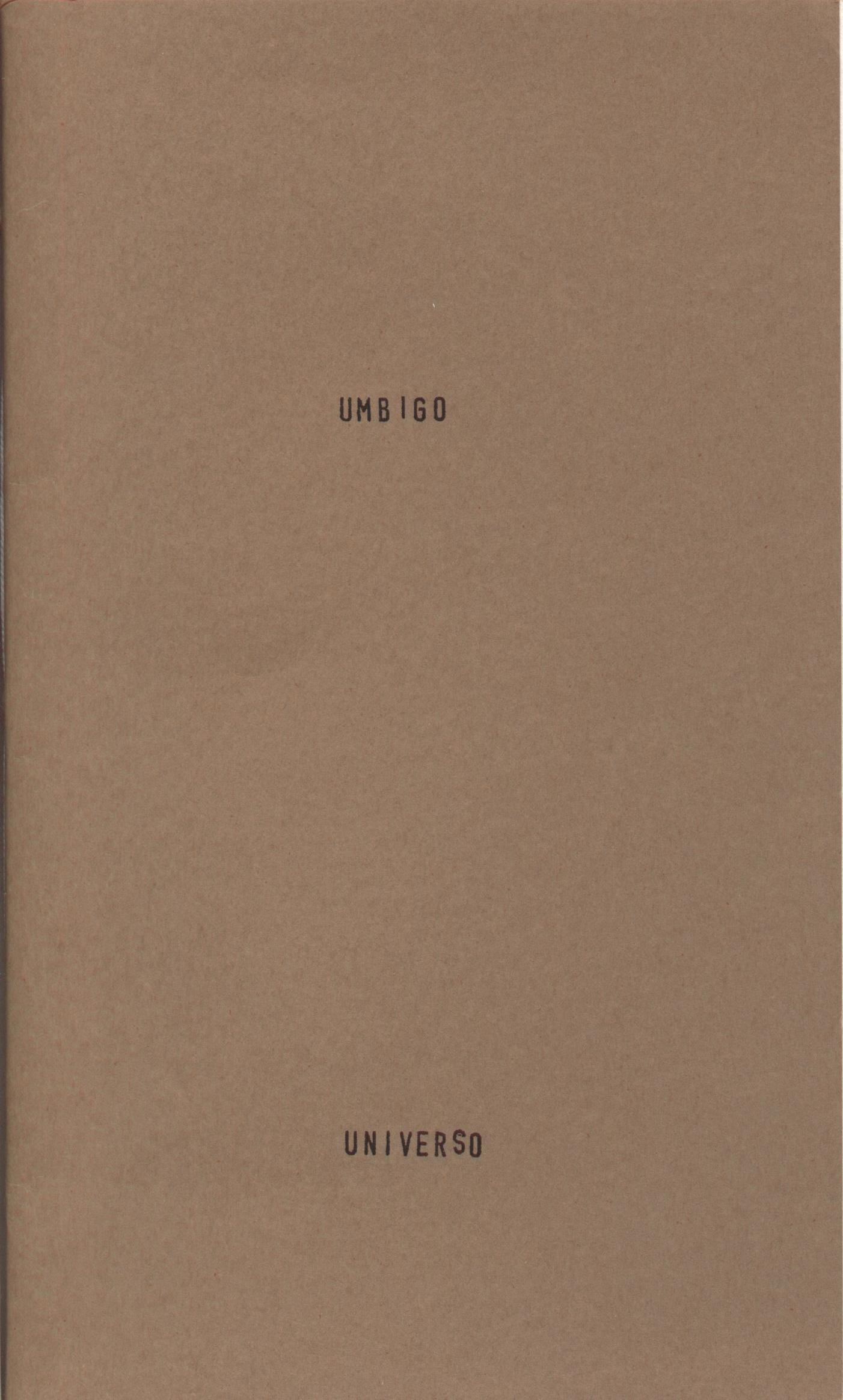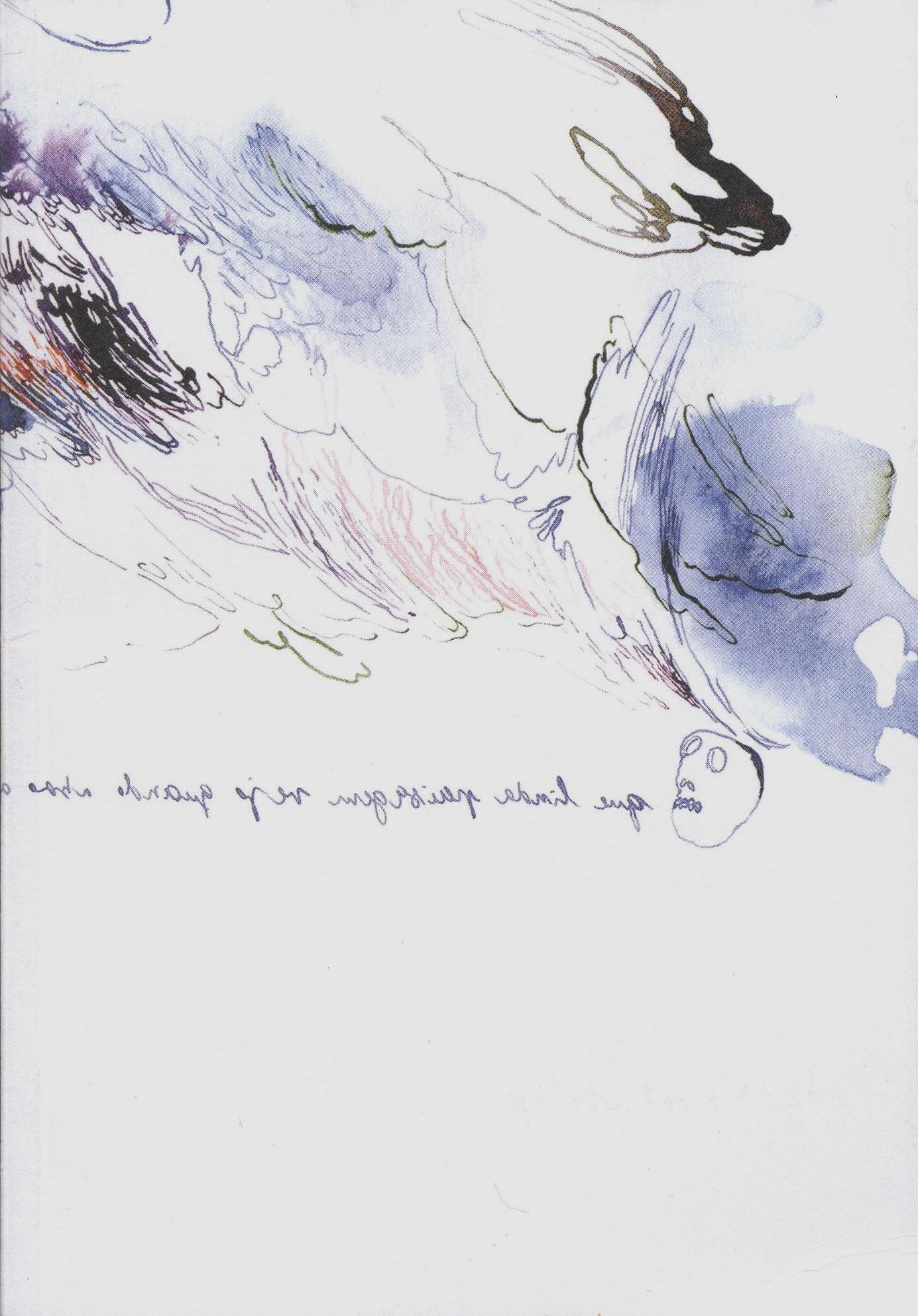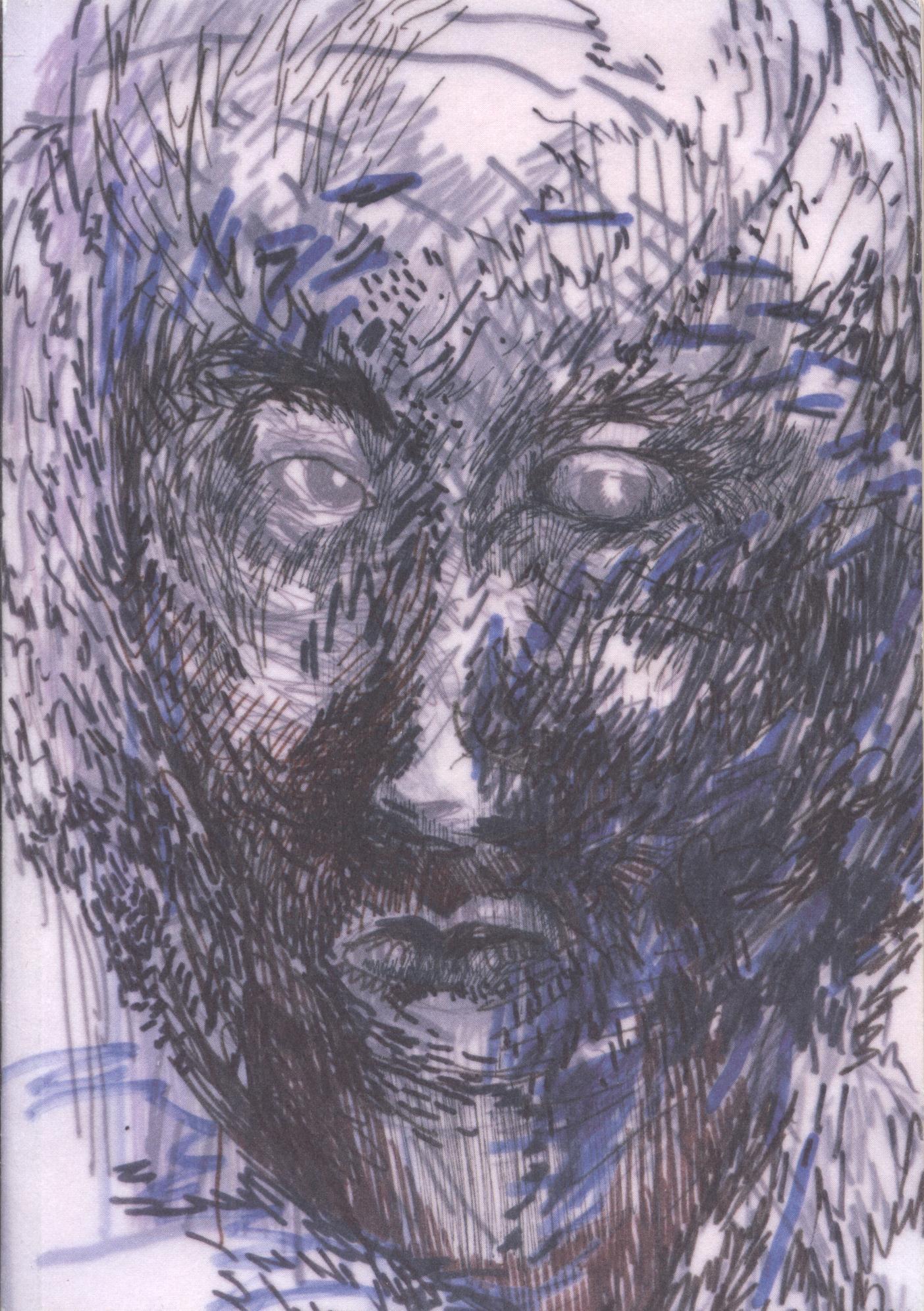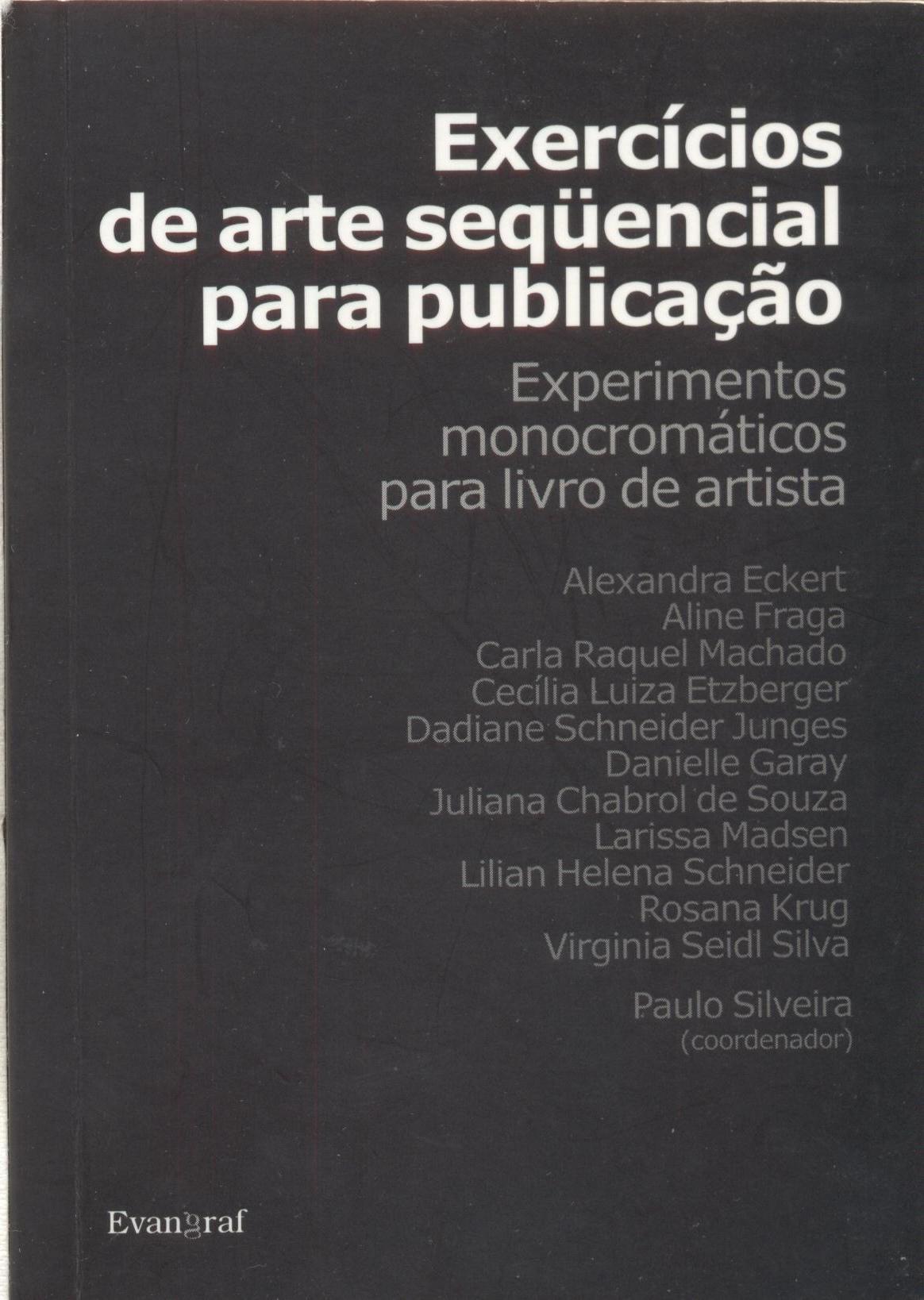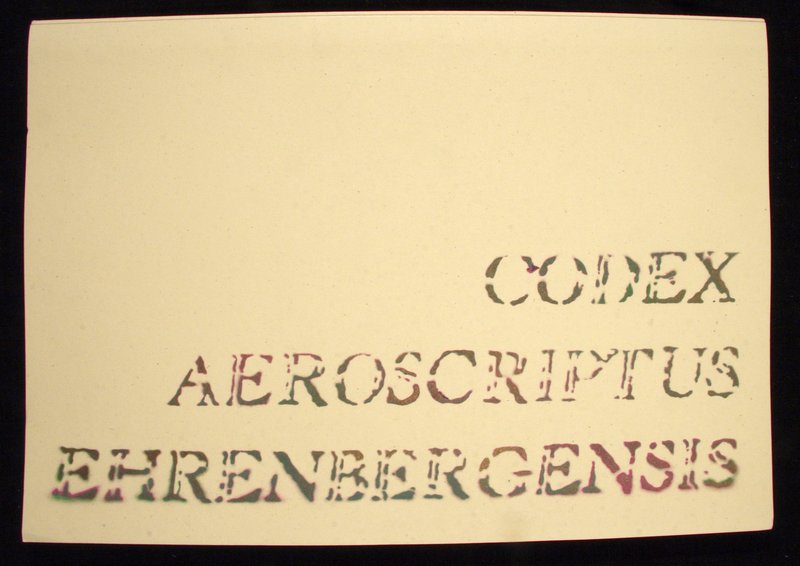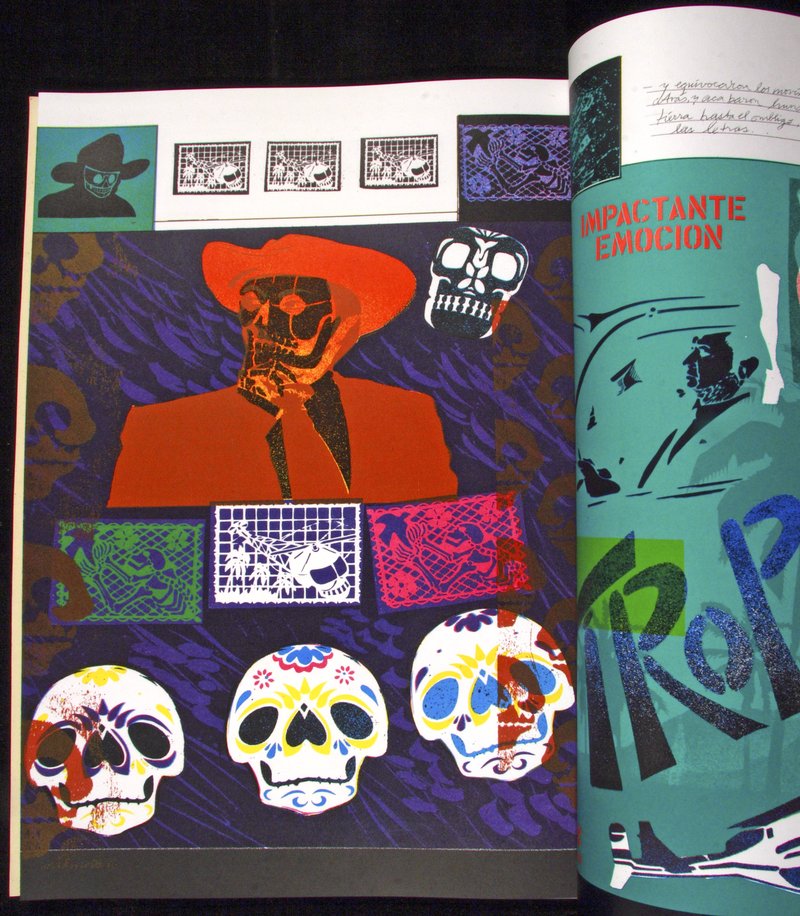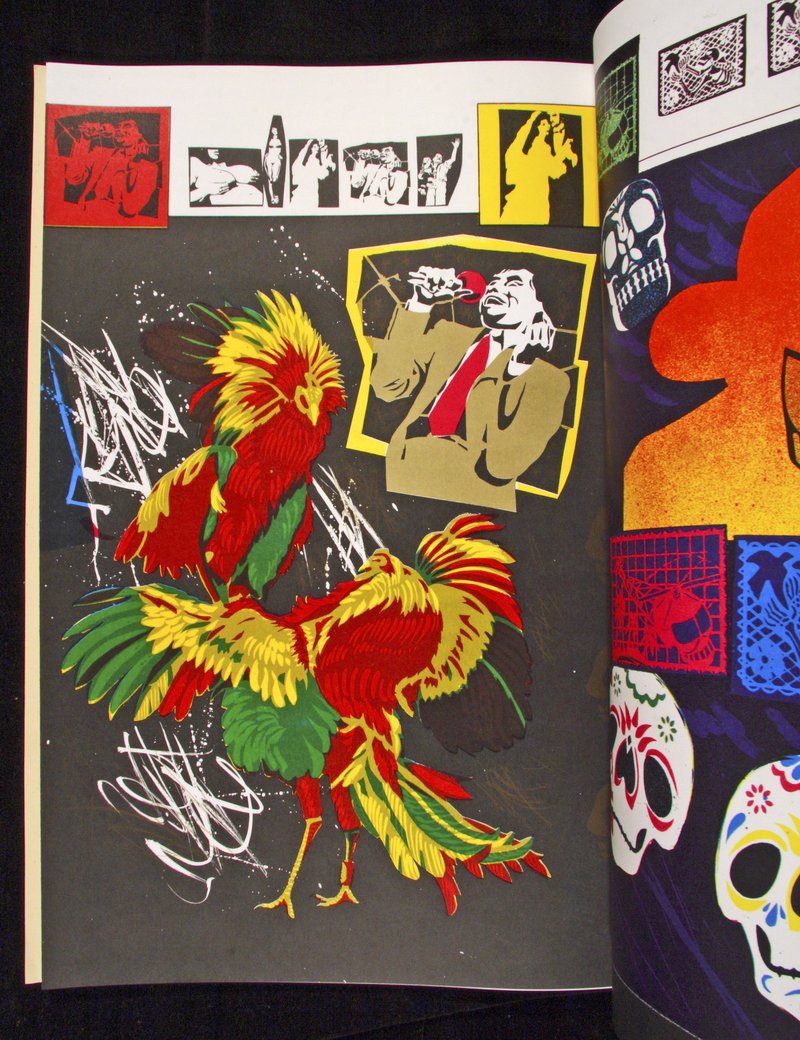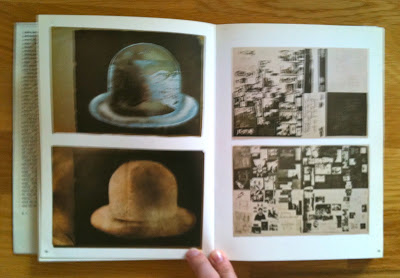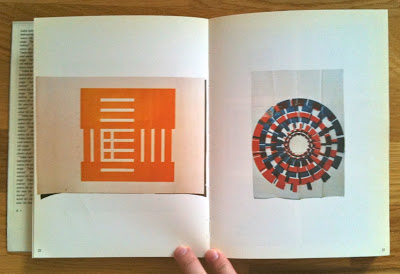
Olaf Nicolai (1962 Halle, Alemanha)
Enjoy / Survive
Zürich: R. Klanten, Migros Museum, 2001
17,5 x 23 cm
70 p.
full colour, softcover with special binding
incl. CD, strictly limited edition
Language: English
ISBN: 978-3-931126-60-5
Enjoy/survive baseia-se na primeira exposição do artista no Museu Migros de Arte Contemporânea (Zurique), mas este não é um catálogo clássico que documenta a exposição: desenhado pelo escritório Norm (The Things, Design Gráfico Suíço) e único por suas técnicas impressão e encadernação, a divisão dos capítulos se destaca pela estruturação de elementos de design, esquemas de cores, tipos de papel e tamanhos, o que não resulta em um livro “legível”, mas em uma nova obra de arte, uma contraparte da exposição.

Enjoy survive is based on the artist ‘s first exhibition at the Migros Museum for contemporary Art (Zurich), but this is by no means a classic, documentational catalogue: designed by Norm (The Things, Swiss Graphic Design) and unique in its printing and binding techniques the distinctive division by structuring design elements, colour schemes, paper types and sizes results not in a “readable” book, but a new, exquisite work of art, a medial counterpart to parts of the exhibition.
http://shop.gestalten.com/enjoy-survive.html
Salvar

